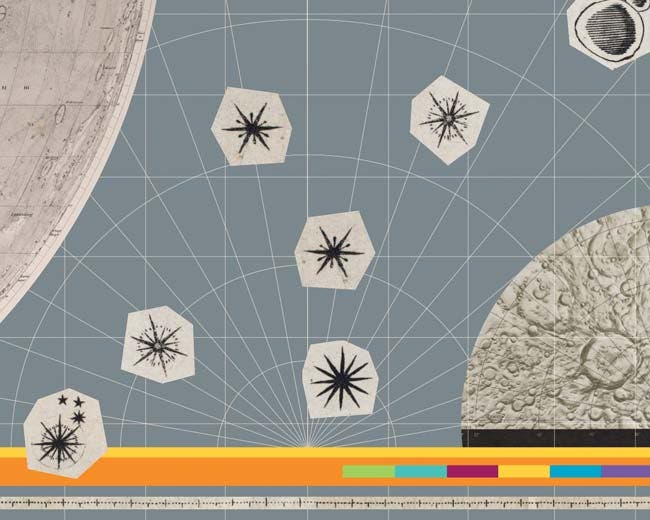INTRODUCTION
About this Exhibition
Galileo first turned his telescope to the Moon in late 1609, and the field of selenography, the study of the physical geography of the moon, was born. The four centuries since then have seen telescopes become more powerful and space probes and astronauts orbit and land on the Moon. Today, astronomers continue to chart the lunar surface with more precise techniques. Mapping the Moon explores this exciting history of lunar cartography that has helped shed light on the origins of our solar system.
The exhibition was curated by Eric Ward, Vice President for Public Programs at the Linda Hall Library, and was on display at the Linda Hall Library from March 28 to August 30, 2019. The online exhibition is funded by the Ewing Marion Kauffman Foundation. Exhibition content is solely the responsibility of the Linda Hall Library.

